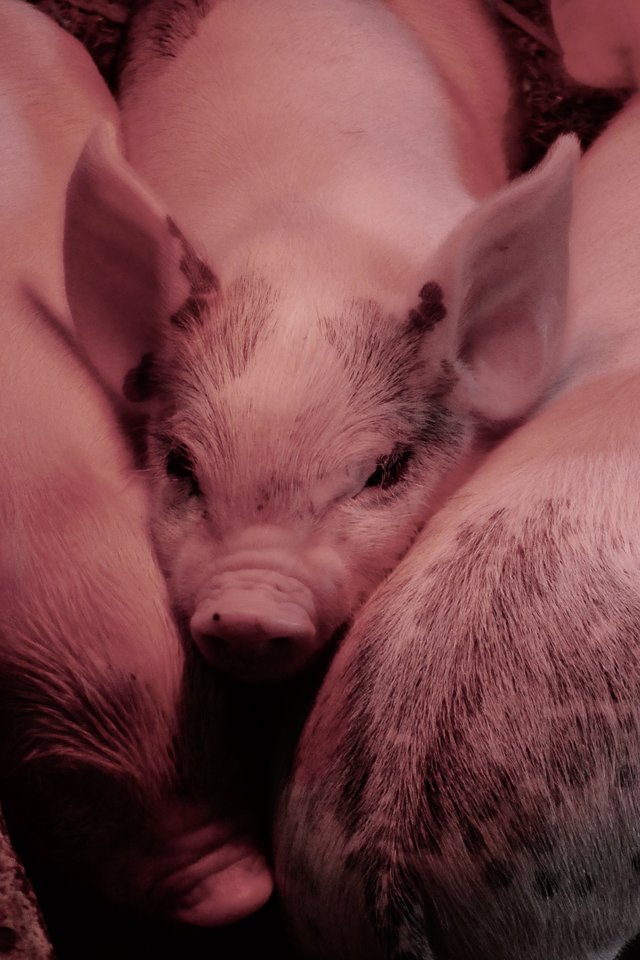Tέσσερα γουρούνια- Hamlet, Omelette, Ebony, Ivory- εκπαιδεύτηκαν στη χρήση ενός joystick για να κατευθύνουν έναν κέρσορα που εμφανιζόταν σε μια οθόνη.
Όπως τόνισαν οι επιστήμονες, το ότι ήταν σε θέση να κατανοήσουν τη σύνδεση μεταξύ του μοχλού και του παιχνιδιού «δεν είναι μικρό κατόρθωμα». Τα γουρούνια συνέχισαν να παίζουν ακόμα και όταν χάλασε το μηχάνημα που έδινε τροφή ως ανταμοιβή. Συνήθως λάμβαναν ένα κομμάτι τροφής όταν περνούσαν ένα επίπεδο, μα κατά τις δοκιμές αυτό χάλασε, ωστόσο δεν πτοήθηκαν και συνέχισαν να περνούν επίπεδα, με προτροπές από τους ερευνητές!
Από τα δύο γουρούνια Yorkshire το ένα ήταν καλύτερο από το άλλο, μα και τα δύο δυσκολεύονταν όταν γινόταν πιο δύσκολο. Τα άλλα δύο (Panepinto) είχαν μεγαλύτερη απόκλιση όσον αφορά στις ικανότητές τους, μα οι επιστήμονες ήταν ικανοποιημένοι που παρατήρησαν ότι οι προσπάθειες ήταν σκόπιμες και εστιασμένες αντί για τυχαίες- κάτι που χαρακτήρισαν «above chance». Αυτό σημαίνει ότι, σε έναν βαθμό, όλα τα ζώα κατάλαβαν τη σχέση μεταξύ του joystick και της κίνησης του κέρσορα.
Four pigs - Hamlet, Omelette, Ebony, Ivory - were trained to use a joystick to point a cursor at a screen. As the scientists pointed out, the fact that they were able to understand the connection between the lever and the game "is not a small feat". The pigs continued to play even when the feeding machine broke down as a reward. They usually received a piece of food when passing a level, but during the tests it broke, however they were not discouraged and continued to pass levels, at the urging of the researchers!
Of the two Yorkshire pigs, one was better than the other, but both struggled when it got harder. The other two (Panepinto) differed most in their abilities, but the scientists were pleased to note that the efforts were deliberate and focused rather than random - something they described as "above chance". This means that, to some extent, all animals understood the relationship between the joystick and the cursor movement.
